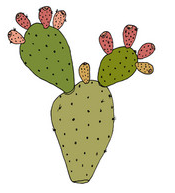

A reasonable small growing typical basilaris plant.
A larger growing plant.
A small growing plant, suitable for small greenhouses.
A small growing plant, almost forming cylindrical pads. Suitable for small greenhouses. Plants come from Rusicka nursery.
A small growing plant. Suitable for small greenhouses. Plants come from Donati.
A small growing plant. Suitable for small greenhouses. Plants come from Hans-Peter Thomas.
A larger growing plant, forming cordata shaped pads. Not as purpur as other basilaris forms. Form named "Werner Schubert".
A larger growing plant from Nye county, Nevada, altitude 6000 feet. Free flowering form. Nicknamed Mojave Giant.
A free flowering plant from Esmeralda county, Nevada, altitude 5500 feet.